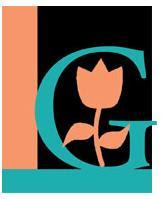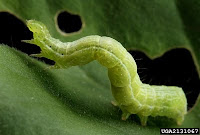
The latest issue of the Extension Gardener newsletter in now available online! Extension Gardener newsletter is written by horticultural experts with the North Carolina Cooperative Extension Service. Each issue includes statewide features plus a special regional section written specifically for your area of the state.
In the Winter 2010 issue, you can read about:
- What are your weeds trying to tell you?
- 'Kay Paris' Magnolia
- Preparing the vegetable garden for spring
- Mulching
- Tips and Tasks for winter
- Maintaining a healthy soil
and more!
Click here to download your copy!




































